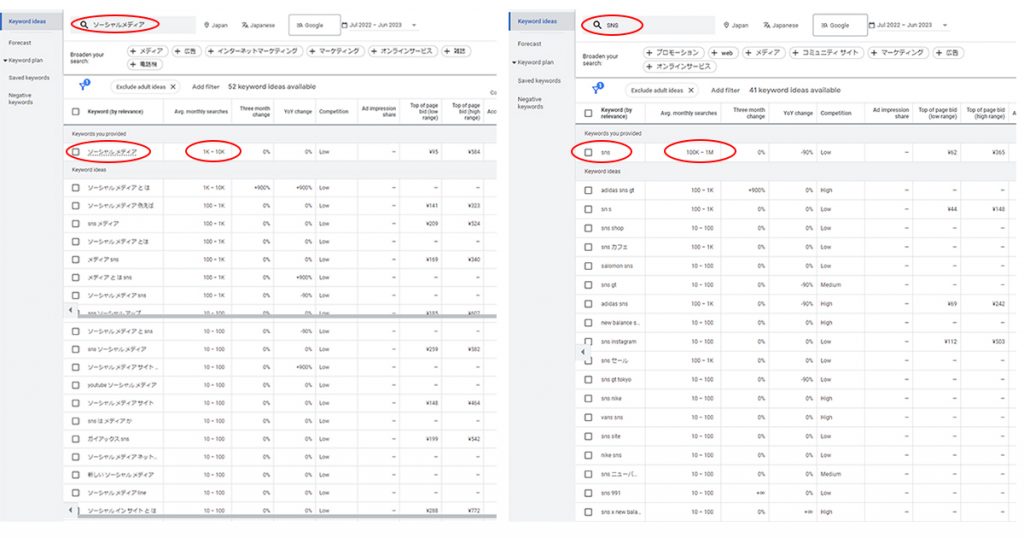
(*Linked or embedded content may have been removed or be unavailable.)
Nowadays your business no doubt relies heavily on the internet, to push your message out to the world, and to pull potential customers to your website. SEO (Search Engine Optimization) is the craft if getting your site to rank higher on a SERP (Search Engine Results Page), making it easier for potential customers to find you. That’s actually a lot of work, even for just one language. But if you’re operating a multilingual website, the challenge increases exponentially because the localized content for each market you’re targeting needs to have SEO applied to it also.
Contents
Approaching it from both ends
As we talked about in a previous blog post, “localization” is a type of translation that takes into consideration the preferences and sensibilities of the target audience – like using local currency units, date formats and the metric system, just to name a few. It’s your vehicle for appealing your product or brand to potential customers. So your text should be relevant and interesting to a human reader.
SEO is a totally different animal, involving writing text that includes words and phrases that your target audience will be searching for online. The immediate goal is to be discovered by search engines such as Google, and ultimately to be listed within the first page of search results to gain maximum traffic to your website. So your text needs to cover all the bases required for the web crawlers (or spiders) of a search engine to rank your site favorably.
It’s almost like requiring a talented musician to also be a computer wiz. It’s a challenge, but it’s also possible.
If you take SEO out of the equation (which would be a foolish thing to do), you could develop a website that showcases only what your company wants to say. One-way communication. And the tragedy of this is that you could be shouting into a void, heard by no one.
Incorporate SEO from the get-go
Before creating content, do keyword research to determine the most popular keywords that potential customers are searching for. It’s a lot easier to provide a writer with a list of keywords to be incorporated, rather than trying to wedge keywords into an already written text.
Working SEO into your site requires you to understand the needs of your customers more clearly. This understanding lets you identify the keywords they are likely to be searching for online, and when they reach your website, your content will offer more value to the reader. So, in a way, SEO or not, this preliminary step will help you create better content for your website.
Localize keywords in a market-sensitive way
When localizing keywords, don’t feed them through Google Translate and assume it’s mission accomplished. For example, feeding the keyword “social media” through the online translator gives you the Japanese term ソーシャルメディア (sōsharumedia), which is not a mistake but it’s also not optimal because most Japanese people use the term “SNS” (esuenuesu) instead. Technically, SNS (which comes from Social Networking Service) is a subset of social media, but in Japan it has taken root to mean the same thing.
This might be news to you, but “cup” can be either コップ (koppu) or カップ (kappu) depending on whether it’s a drinking vessel or a unit of measurement, and “glass” can be either グラス (gurasu) or ガラス (garasu) depending on whether it’s a wine glass (ワイングラス) or a glass window (窓ガラス). There is a plethora of English loan words in the Japanese language waiting to catch the hapless MT (Machine Translation) or inexperienced human translator off guard, so be careful. But at the same time, mastery of those terms can also make a difference in how high your website gets ranked.
Ensuring that your localized keywords are not only accurate but also optimal will help provide better search results for your site. A tool you can use for checking how well your keywords might perform is Google Keyword Planner. Taking the example at the top of this section, we can see that ソーシャルメディア (sōsharumedia) only accounts for 1,000 to 10,000 average monthly searches, while “SNS” (esuenuesu) delivers 100,000 to 1,000,000. Keyword Planner also offers alternative keyword suggestions, including compound words that you may want to explore.

Check search results for each country and language
The simplest way to look for possible keywords is probably to just run an internet search. But in order to get an accurate picture of what you’re looking for, you need to look at each country and language separately. Problem is, the Google search on your browser right now is optimized for your home country, and also takes into account your past searches that will skew the results in a direction that the search engine assumes you want to go. To bypass all this and get pure results unaffected by your locality or preferences, you’ll need to input a specific URL. Here’s how it goes:
For Google US/English
https://www.google.com/webhp?gl=us&hl=en&gws_rd=cr&pws=0
For Google Japan/Japanese
https://www.google.com/webhp?gl=ja&hl=ja&gws_rd=cr&pws=0
For Google Korea/Korean
https://www.google.com/webhp?gl=kr&hl=ko&gws_rd=cr&pws=0
And so on. The parameters embedded in the URL are: gl= country code, hl= language code, gws_rd=cr disable redirects, and pws=0 disable personalization based on past search history. So, for UK results, just change the “gl=us” to “gl=gb” and you’re good to go.
Know what search engine your market is using
Be aware that Google, although prevalent in many countries and regions worldwide, is not an all-in-one solution. For example,the search engine for China is Baidu, so if your interests are in that market, you will need to use the keyword research tools provided by that platform. If you’re in doubt as to which search engine is predominant in your target market, checking out Statcounter might give you a good idea.
Putting in the work will pay off later
Seems like an awful lot of work to do even before your website gets launched. Yes, but you don’t have to do everything yourself. Seek assistance from a service provider who knows both localization and SEO. And since your website will undoubtedly be undergoing updates and renewals going forward, getting trusted allies onboard will help keep your company on top of its game in any language, and in any market.
Douglass McGowan






